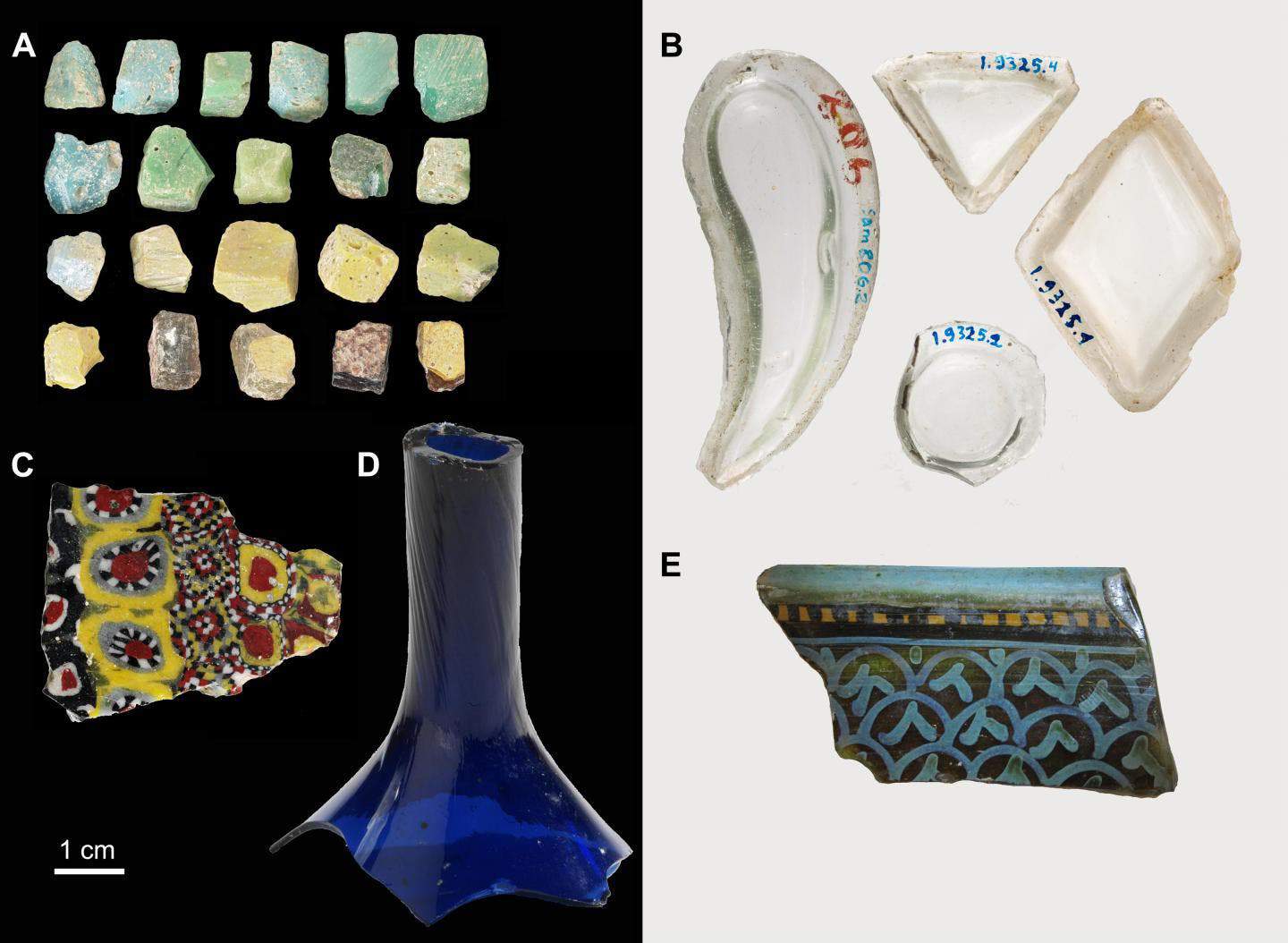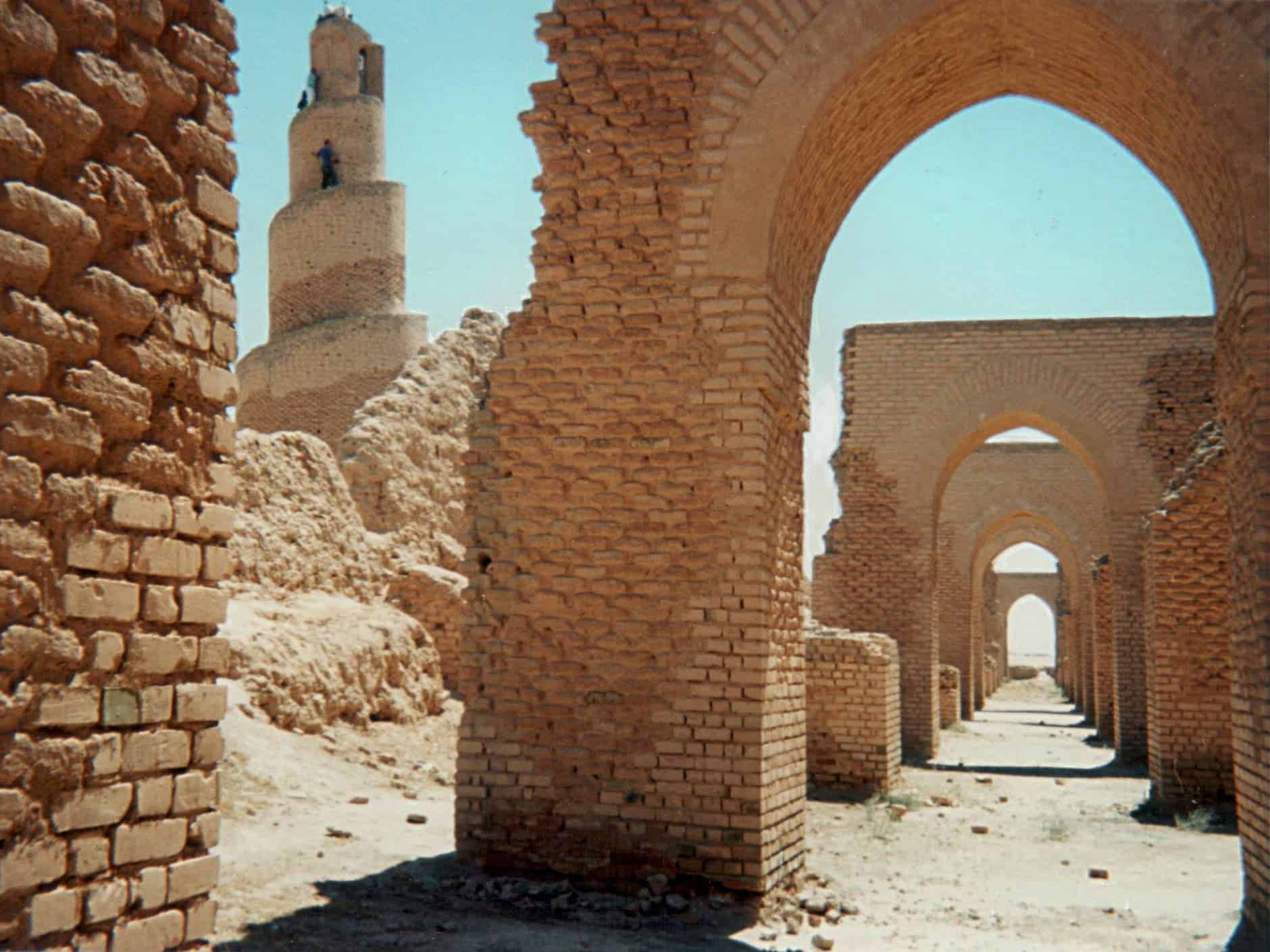More than a thousand years ago, the palace-city of Samarra was a booming, vibrant city. It is a Unesco World Heritage Site on the grounds of being “the best preserved plan of an ancient large city.” It was decorated with intricate glass ornamentation, such as mosaics, intricate inlays of colorless glass, and tiles. A new study shows that a lot of this glass was produced locally, confirming the city’s role as an important center for glass production and trade.
Samarra was the capital of the Abbasid caliphate from 836-892CE and lies 125 km north of Baghdad, in modern-day Iraq. Old texts have been written about potential glass production in Samarra, but it has never been proven. In an interesting combination of history and chemistry, researchers from The National Center for Scientific Research in France used mass-spectrometry to identify the composition of 265 glass fragments. The glass fragments are housed in museums and came from sources such as bowls, lamps, bottles, and decorative glass. The chemical composition of the glass can reveal the raw materials used to produce the glass and where they came from.


Some of the glass was imported from other areas, like Egypt, Syria-Palestine, and the Byzantine Empire. Most of the glass pieces, three quarters, had almost the same composition. The compositions of most of their glass were so similar, in contrast to the glass from many other archaeological sites, that local production is very likely.
The highest quality glass was almost completely clear and used to decorate the central palace. It was created from very pure source materials. The glass, therefore, was likely very valuable, culturally and economically.
“High-resolution chemical analysis of ninth-century glasses from Samarra reveals a sophisticated Abbasid glass industry as well as selective imports of specific glass objects. Our analytical data thus confirm written sources about the production of glass in the vicinity of the new capital city,” said lead author Nadine Schibille of the CNRS, France.
This new study gives us valuable information about a past, advanced civilization.
Citation: Schibille N, Meek A, Wypyski MT, Kröger J, Rosser-Owen M, Wade Haddon R (2018) The glass walls of Samarra (Iraq): Ninth-century Abbasid glass production and imports. PLoS ONE 13(8): e0201749. https://doi.org/10.1371/journal.pone.0201749






